Zombie Bunny is Reader-supported and may earn an affiliate commission through links on our site.
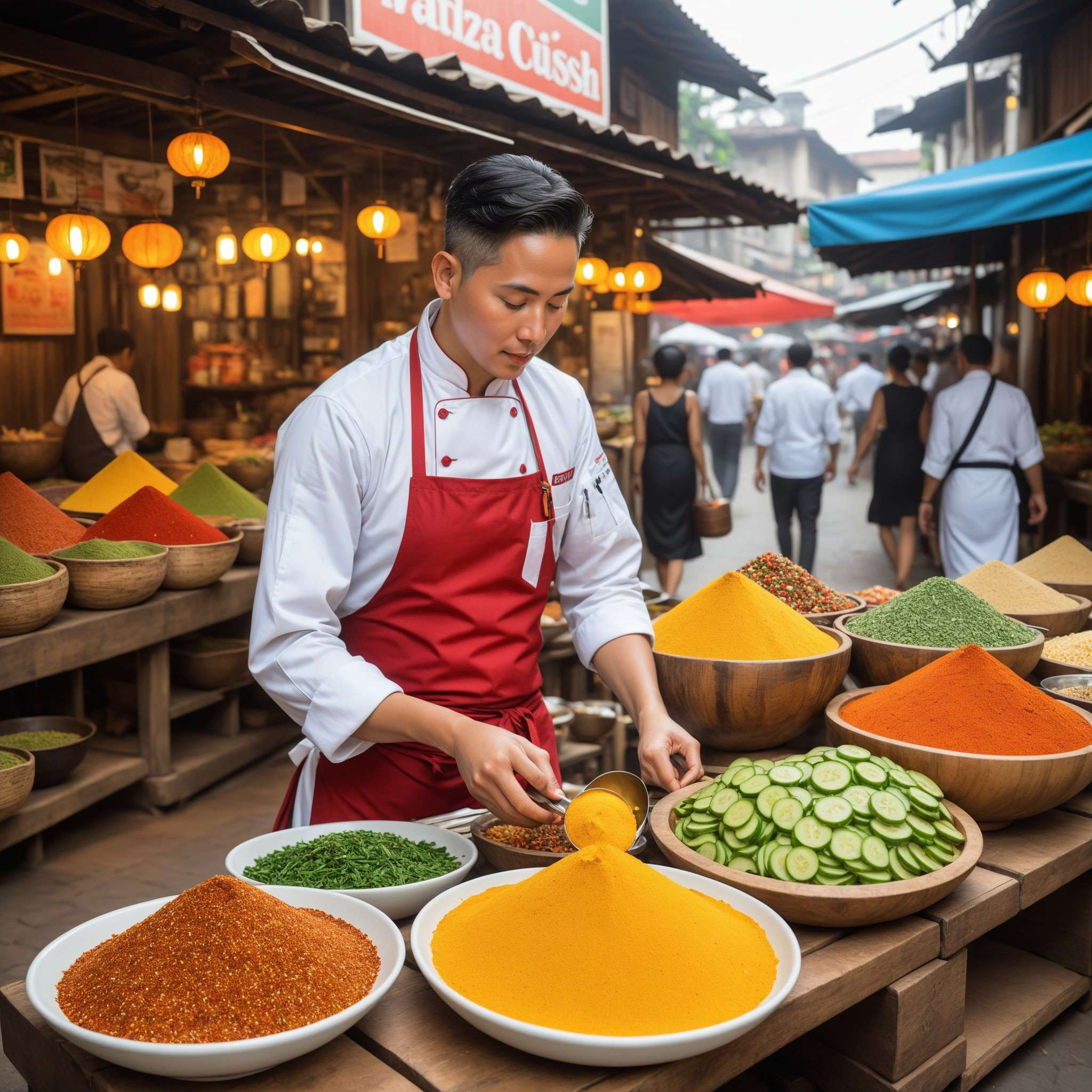
Dining Like a Local: A Gastronomic Journey Around the World
Embark on an epic culinary journey! Discover local cuisines around the world, from the streets of Bangkok to the bistros of Paris. #FoodTravel #GlobalCuisine
Embark on a gastronomic journey around the globe with us, exploring the diverse cuisines, traditional dishes, and unique dining customs that shape our world. From the aromatic spices of India, the sushi craftsmanship in Japan, the comforting simplicity of Italian pasta, to the smoky barbecues of the Americas – discover the stories behind each dish, and how they embody the values, heritage, and lifestyle of their communities. Uncover the art of ‘eating like a local’ and immerse yourself in authentic food cultures, gaining a deeper appreciation of the world’s culinary richness. This blog is your passport to a global gastronomic adventure, a celebration of food as a universal language, and a testament to its power in bridging cultural divides. So, tighten your seatbelts and prepare your taste buds for an unforgettable culinary exploration.
Introduction: A World of Flavours
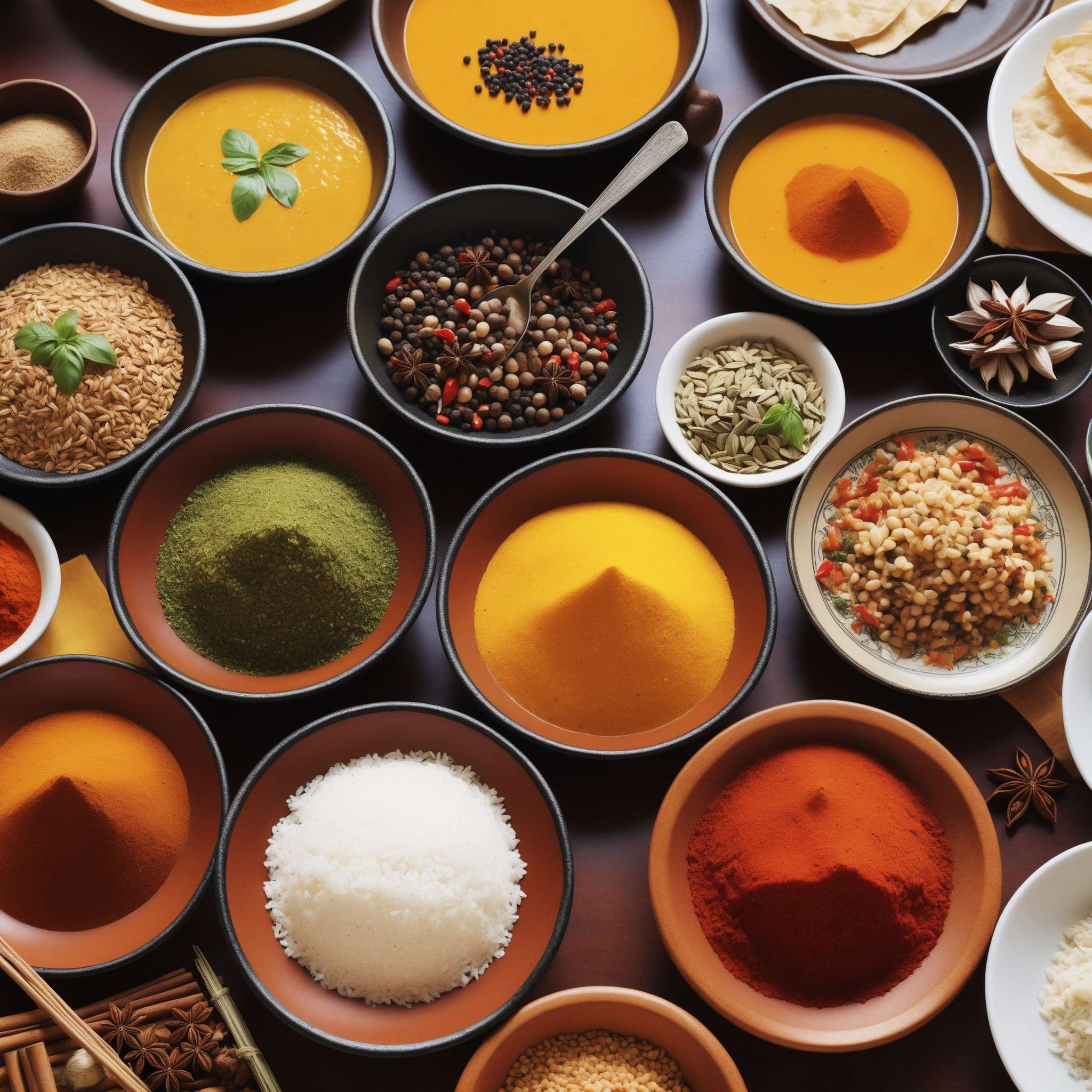
© Copyright , ZombieBunny.Org
The universal language of food
Food is indeed a universal language, interweaving cultures, traditions, and histories. It transcends geographical boundaries, creating a tapestry of culinary delights that showcases the diversity and richness of our world. Whether it’s the aromatic spices of India, the sushi craftsmanship in Japan, or the comforting simplicity of Italian pasta, every dish tells a unique story. This story, often steeped in tradition, carries a piece of the community’s soul, offering an intimate peek into their lifestyle, values, and heritage.
The art of dining, therefore, is more than just about sating our hunger. It’s an immersive experience that opens our senses to the world’s myriad flavors. As we embark on this gastronomic journey, we not only satisfy our palates but also feed our curiosity and foster a deeper understanding and appreciation of the cultures we encounter. So, let’s unravel the stories that lie beneath every dish and dine like a local, because in the language of food, we’re all fluent.
Exploring the idea of ‘eating like a local’
What does it mean to ‘eat like a local’? It’s the quest to delve beneath the surface, shunning the touristy, often westernized cuisine that frequents guidebooks, and embracing the authentic, homegrown food culture. It’s about relishing the street food vendor’s delicacies, frequenting the little-known neighborhood bistros, and savoring the home-cooked meals at a local’s house. It’s about immersing yourself in the cultural nuances that manifest in their food and understanding the local customs, ingredients, and cooking techniques that shape their cuisine.
Eating like a local isn’t merely about indulging in foreign flavors; it’s a voyage of discovery that enriches our travel experiences. As we navigate through bustling food markets, interact with local chefs, or participate in traditional cooking classes, we unravel the culinary secrets of our destinations. This gastronomic exploration enables us to appreciate the diversity of world cuisines, fostering a deeper connection with the places we visit and the people we meet.
Overview of the journey
Embarking on this gastronomic journey around the world, we’ll traverse the bustling streets of Asia, savoring the rich tapestry of flavors from the fragrant spices of India to the umami-laden dishes of Japan. Amidst the clamor of street vendors and night markets, we’ll uncover the diverse culinary traditions that make Asian cuisine so compelling.
Next, we’ll jet off to Europe, a continent renowned for its gastronomic prowess. We’ll explore the rustic cuisines of the Mediterranean, taste the exquisite wines of France, and indulge in the hearty fare of Eastern Europe. Then, we’ll cross the Atlantic to the Americas, where we’ll feast on the smoky barbecues of the South and the innovative fusion foods of the North. Throughout this journey, we’ll not only feast on a variety of dishes but also gain insights into how food shapes culture, identity, and tradition. So, tighten your seatbelts and prepare your taste buds for an unforgettable culinary adventure!
The Asian Melting Pot: Experiencing East’s Food Culture
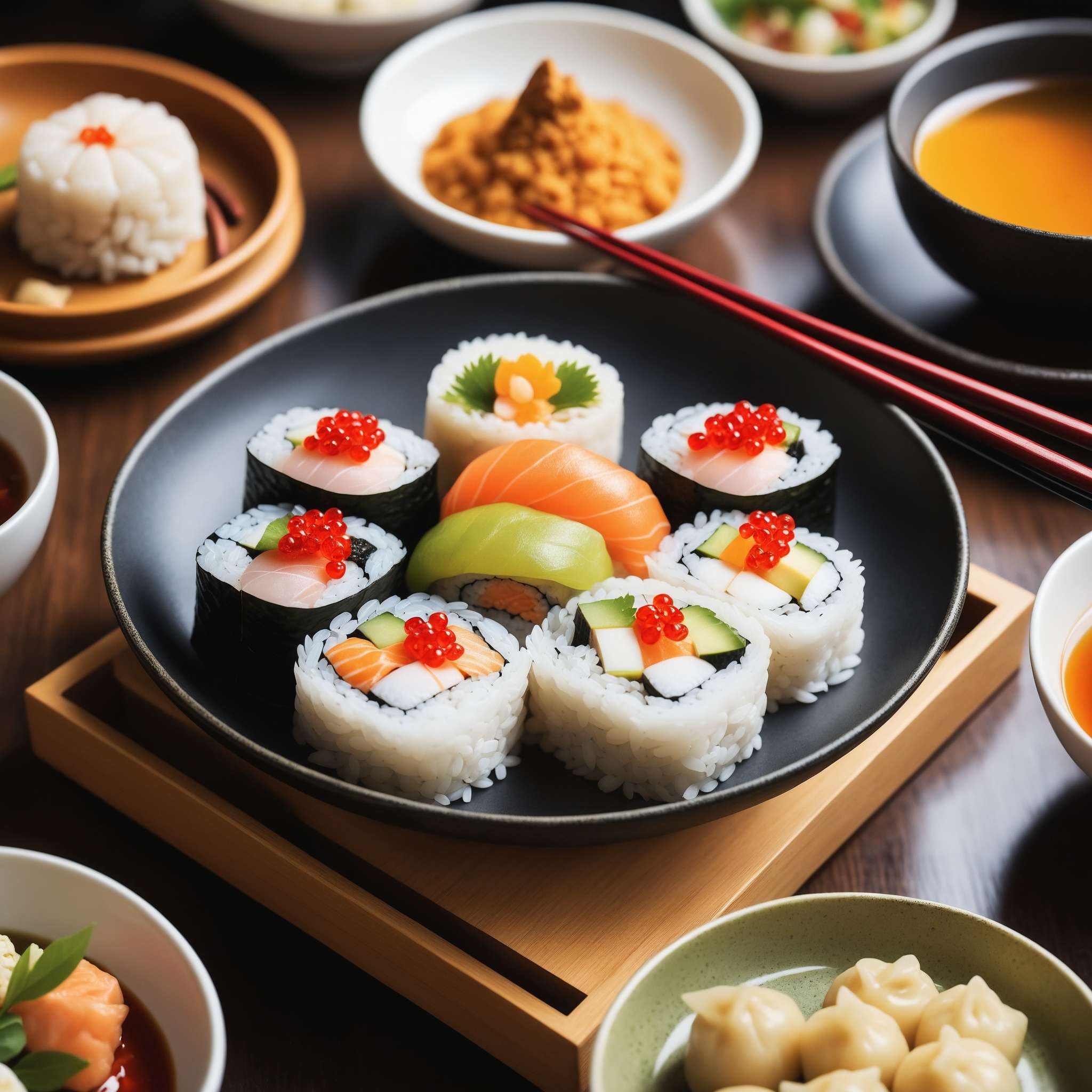
© Copyright , ZombieBunny.Org
Diversity of Asian cuisines
Asia’s culinary landscape is as diverse as its geography, steeped in centuries-old traditions and influenced by varying climates, cultures, and cuisines. From the fiery curries of India, the fragrant stir-fries of China, to the fresh, balanced flavors of Vietnamese pho, each region offers a distinctive taste profile. The intricate balance of sweet, sour, salty, and spicy in Thai cuisine, the meticulous artistry in Japanese sushi, or the tangy, fermented flavors in Korean kimchi, each dish is a testament to their culinary heritage.
Yet, amidst this diversity, there lies a common thread – the emphasis on fresh, local produce, and the harmony of flavors. Whether it’s the communal hot pots, the bustling street food scene, or the serene tea ceremonies, the food culture in Asia is deeply intertwined with their way of life. As we explore these diverse cuisines, we discover that eating like a local in Asia is not just a feast for the taste buds, but also a rich, cultural experience.
Street food culture in Asia
Street food is the heartbeat of Asia’s culinary scene, offering a window into the region’s vibrant food culture. Each bustling market and roadside stall showcases the array of fresh, flavorful dishes that embody the local cuisine. From India’s spicy chaats, Thailand’s Pad Thai, to Vietnam’s Banh Mi sandwiches, these unpretentious, affordable delicacies are a food lover’s paradise.
What makes Asian street food so captivating is not just the taste but the experience. The sensory overload of aromatic spices wafting through the air, the sizzling sounds of stir-fries, and the sight of skilled vendors crafting each dish with precision is a spectacle in itself. It’s a dynamic, living culinary tradition that reflects the daily life, creativity, and entrepreneurial spirit of its people. So, to truly dine like a local in Asia, lose yourself in its bustling food markets, savoring the myriad flavors and soaking in the vibrant energy.
Signature dishes to try
When it comes to signature dishes in Asia, the list is as diverse as the continent itself. In India, try the aromatic Biryani, a fragrant, spiced rice dish cooked with meat or vegetables. Japan offers Sushi, a delicate balance of vinegared rice, fresh seafood, and vegetables, a testament to the country’s love for simplicity and precision. In Thailand, don’t miss the Pad Thai, a stir-fried noodle dish bursting with sweet, sour, and spicy flavors.
China’s Peking Duck is a must-try, with its crispy skin and tender meat served alongside pancakes and hoisin sauce, while in Vietnam, relish the Pho, a hearty noodle soup flavored with herbs and spices. Korea’s Kimchi, a fermented cabbage dish with a tangy, spicy kick, is a staple that’s enjoyed at every meal. Each of these dishes, packed with distinctive flavors and cooking techniques, offers a delightful culinary experience, capturing the essence of their respective cuisines.
European Delicacies: A Palette of Traditions
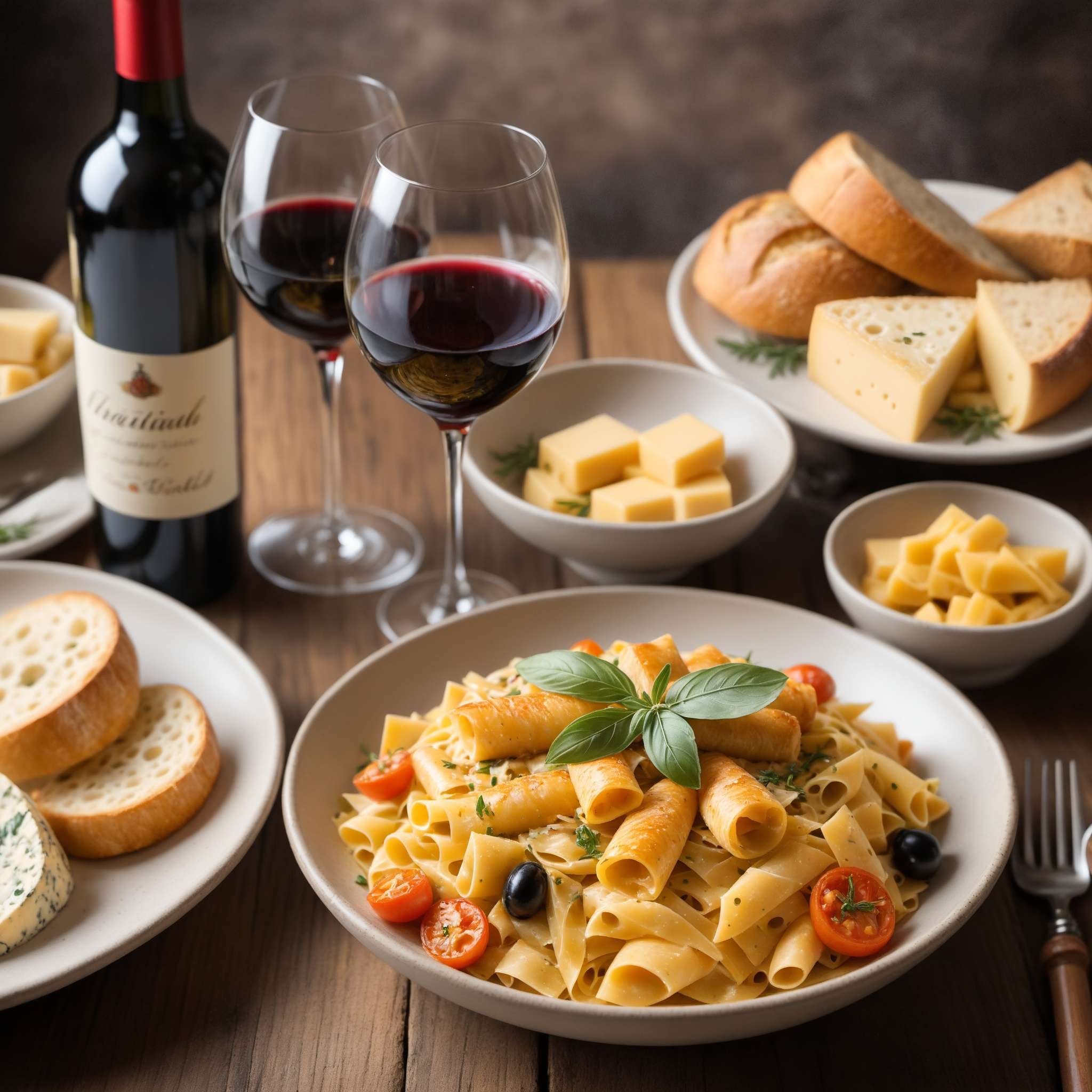
© Copyright , ZombieBunny.Org
Regional specialties in Europe
Europe is a gastronomic treasure trove, with each region boasting its own unique specialties that reflect its history, culture, and local produce. In Italy, savor the fresh, homemade pasta dishes like lasagna in Bologna or carbonara in Rome. Try the Bouillabaisse, a hearty seafood stew in the French port city of Marseille, or the Coq au Vin, a chicken braised with wine, mushrooms, and garlic.
Spain offers Paella, a saffron-infused rice dish with seafood or meat, a specialty of Valencia, while Germany is famous for its hearty sausages and beers. In Greece, indulge in Moussaka, a rich, layered dish of eggplant, meat, and béchamel sauce. And don’t miss the fish and chips when in England, a classic comfort dish that’s deeply rooted in the country’s culinary tradition. Each of these regional specialties offers a taste of the local culture, making your European gastronomic journey a delightful exploration of flavors and traditions.
The art of pairing food and wine
In Europe, the art of pairing food and wine is a cherished tradition, adding another layer of complexity and enjoyment to the dining experience. The key to a successful pairing is balance, where the wine and the food enhance each other’s qualities without overpowering one another. For instance, a full-bodied red like a Cabernet Sauvignon pairs well with rich, red meat dishes, while a crisp, acidic white like a Sauvignon Blanc complements seafood or tangy goat cheese.
Take a culinary journey through Italy’s diverse wine regions, from the vibrant Sangiovese wines of Tuscany to the bold Nebbiolo wines of Piedmont, each paired beautifully with local dishes. In France, the delicate flavors of a Pouilly-Fumé from Loire Valley can be beautifully balanced with a goat cheese salad. Whether you’re dining in a Michelin-star restaurant or a local bistro, understanding the art of food and wine pairing can elevate your dining experience, making every meal a celebration of flavors.
European dining etiquette
Dining etiquette in Europe is as diverse as its cuisine, reflecting the region’s cultural nuances and traditions. In France, bread is typically placed directly on the table, not a bread plate, and it’s polite to finish your meal, a nod to the country’s respect for its cuisine. In Italy, cappuccino is a morning-only beverage, and it’s unusual to request it after a meal.
In Spain, don’t be surprised if dinner starts as late as 10 pm, reflecting the country’s vibrant nightlife. Dining in Germany? Remember to keep your hands visible, but elbows off the table. And in the UK, the ‘fork facing down’ style is common, a dining etiquette that dates back centuries. Understanding these dining customs not only shows respect for the local culture but also enhances your dining experience. So when in Europe, dine as the Europeans do, savoring the food, the wine, and the unique customs that make each meal a memorable experience.
The New World: Savouring the Americas
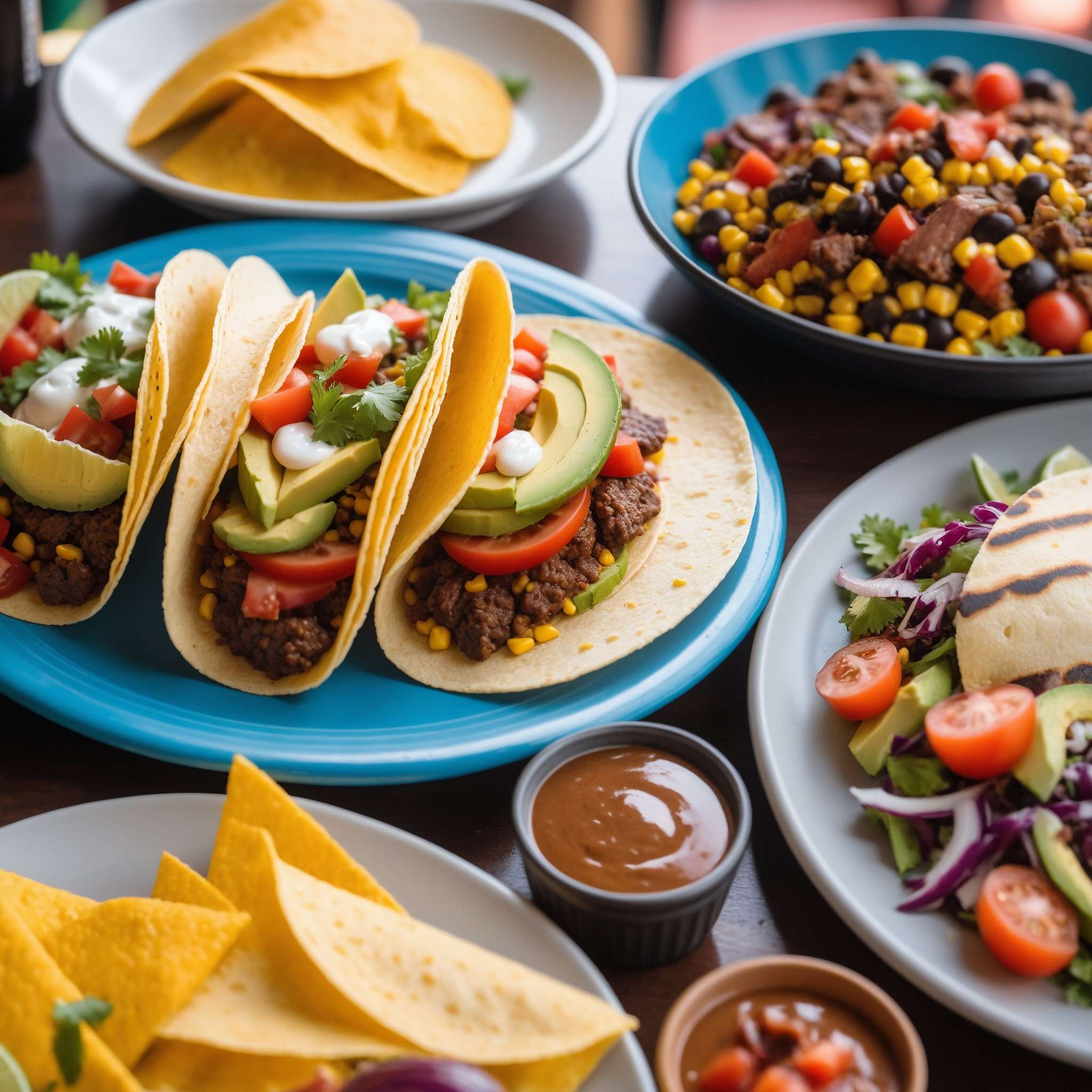
© Copyright , ZombieBunny.Org
Contrasts between North and South American cuisines
The cuisines of North and South America, while sharing a continent, offer a fascinating study in contrast. In North America, particularly the United States, the cuisine is a melting pot of cultures. From the hearty comfort foods of the Midwest to the rich, spicy dishes of the South and the fresh, seafood-focused cuisine of the coasts, diversity is the hallmark of North American cuisine.
South American cuisine, on the other hand, is deeply rooted in indigenous traditions, influenced by Spanish and African culinary cultures. Argentina is renowned for its beef and asado (barbecue) culture, while Peru boasts a vibrant seafood scene thanks to its prime coastal location. Brazil’s feijoada, a hearty black bean stew with pork, showcases the country’s African influences. These contrasts offer a rich culinary landscape that reflects the region’s diverse cultures, histories, and landscapes. As we move from North to South, we discover a culinary tapestry that narrates a unique story of the Americas.
Famous food festivals
The Americas are home to a multitude of food festivals that celebrate the region’s rich culinary traditions and innovations. In the United States, the Maine Lobster Festival is a must-visit, offering fresh, local lobster dishes in a fun, community atmosphere. New Orleans’ famous Mardi Gras is not just about the parades – it’s also a showcase of the city’s vibrant Creole and Cajun cuisines.
South of the border, Mexico’s National Mole Festival celebrates the country’s iconic mole sauce with cooking competitions and tastings. In Argentina, the Buenos Aires Food Festival brings together top chefs and local producers, offering a taste of the country’s best meats, wines, and traditional dishes.
These food festivals offer more than just a chance to indulge in delicious foods. They’re also a celebration of the region’s cultural diversity, culinary creativity, and community spirit. As we explore these vibrant festivals, we taste the flavors that define the Americas, enriching our journey through its diverse culinary landscape.
Innovations in American food culture
American food culture is marked by a spirit of innovation that reflects its diverse influences and evolving tastes. This can be seen in the rise of fusion cuisine, where chefs creatively blend flavors from different cuisines to create innovative and delicious dishes. From Korean tacos in Los Angeles to the sushi burritos in San Francisco, these hybrid dishes are a testament to America’s culinary creativity.
Innovation also comes in the form of sustainability, with a growing farm-to-table movement that emphasizes locally sourced, seasonal ingredients. Restaurants across the country, from fine dining establishments to neighborhood bistros, are curating menus that highlight the quality and flavors of local produce.
Moreover, the food truck culture has revolutionized street food, offering gourmet dishes on the go, from artisanal burgers to handcrafted ice creams. These innovations showcase the dynamic nature of American food culture, where tradition and innovation coexist, constantly pushing culinary boundaries while celebrating its diverse culinary heritage.
Conclusion: The Endless Journey of Tastes
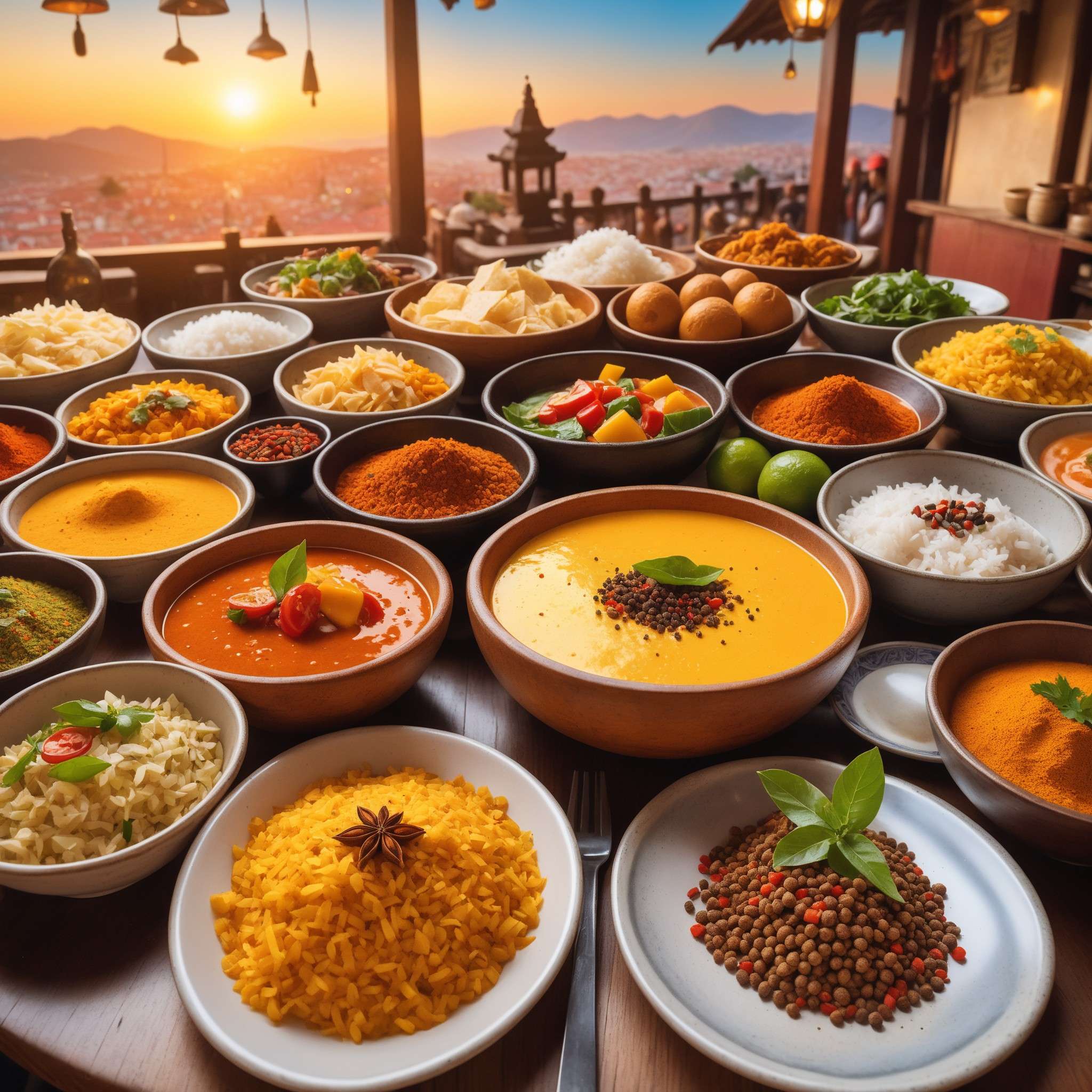
© Copyright , ZombieBunny.Org
The influence of travel on food culture
Travel has a profound influence on food culture, shaping and evolving it in intriguing ways. It introduces new ingredients, flavors, and cooking techniques, leading to delightful culinary innovations. The interchange of food ideas through travel has given rise to fusion cuisines, where flavors from different parts of the world are creatively blended, offering a unique gastronomic experience.
Moreover, travel broadens our culinary horizons, encouraging us to step out of our comfort zones and savor unfamiliar flavors. From trying exotic street foods in bustling Asian markets to partaking in traditional European feasts, these experiences enrich our understanding of the world and its diverse cultures. Similarly, as tourists, our quest for authentic, local food experiences helps preserve and promote regional cuisines, contributing to their global popularity. In this way, travel and food culture are intrinsically linked, each influencing and enhancing the other, making our culinary journey around the world an ever-evolving and exciting adventure.
The role of food in cultural exchange
Food plays a vital role in cultural exchange, serving as a universal language that bridges differences and fosters understanding. Every dish tells a story of a place’s history, traditions, and lifestyle, offering insights into their cultural identity. As we savor these dishes, we partake in a shared human experience, appreciating the diversity and richness of global cultures.
Moreover, food brings people together, encouraging conversations and connections. Shared meals, cooking classes, or food festivals offer opportunities for cultural interactions, fostering mutual respect and appreciation. They allow us to learn from each other, breaking down cultural barriers and stereotypes.
In the age of globalization, food has also become a vehicle for cultural diplomacy, promoting cultural understanding and fostering international relations. From sushi’s global popularity to the spread of Italian pizza, food’s role in cultural exchange is undeniable. As we continue our gastronomic journey, we’re not just exploring different cuisines, but also participating in a global dialogue, one bite at a time.
Encouragement to explore world cuisines
Exploring world cuisines is more than just a culinary adventure; it’s a journey of discovery, a celebration of diversity, and a passport to understanding the world. Each dish, each ingredient, and each cooking method offers a glimpse into a culture’s history, traditions, and lifestyle. As we sample these diverse cuisines, we expand our taste horizons, enrich our cultural understanding, and foster a deeper appreciation for the world’s culinary heritage.
As we conclude our gastronomic journey, we encourage you to continue exploring, tasting, and savoring the multitude of flavors the world has to offer. Visit local markets, try cooking foreign dishes, engage with local food communities, and most importantly, dine like a local. Let your palate be your guide, leading you to new experiences, conversations, and connections. Remember, the world is a feast, and with every bite, you’re embarking on a new adventure. So, keep exploring, keep tasting, and enjoy the journey!
Please support our site and purchase something from our store.







